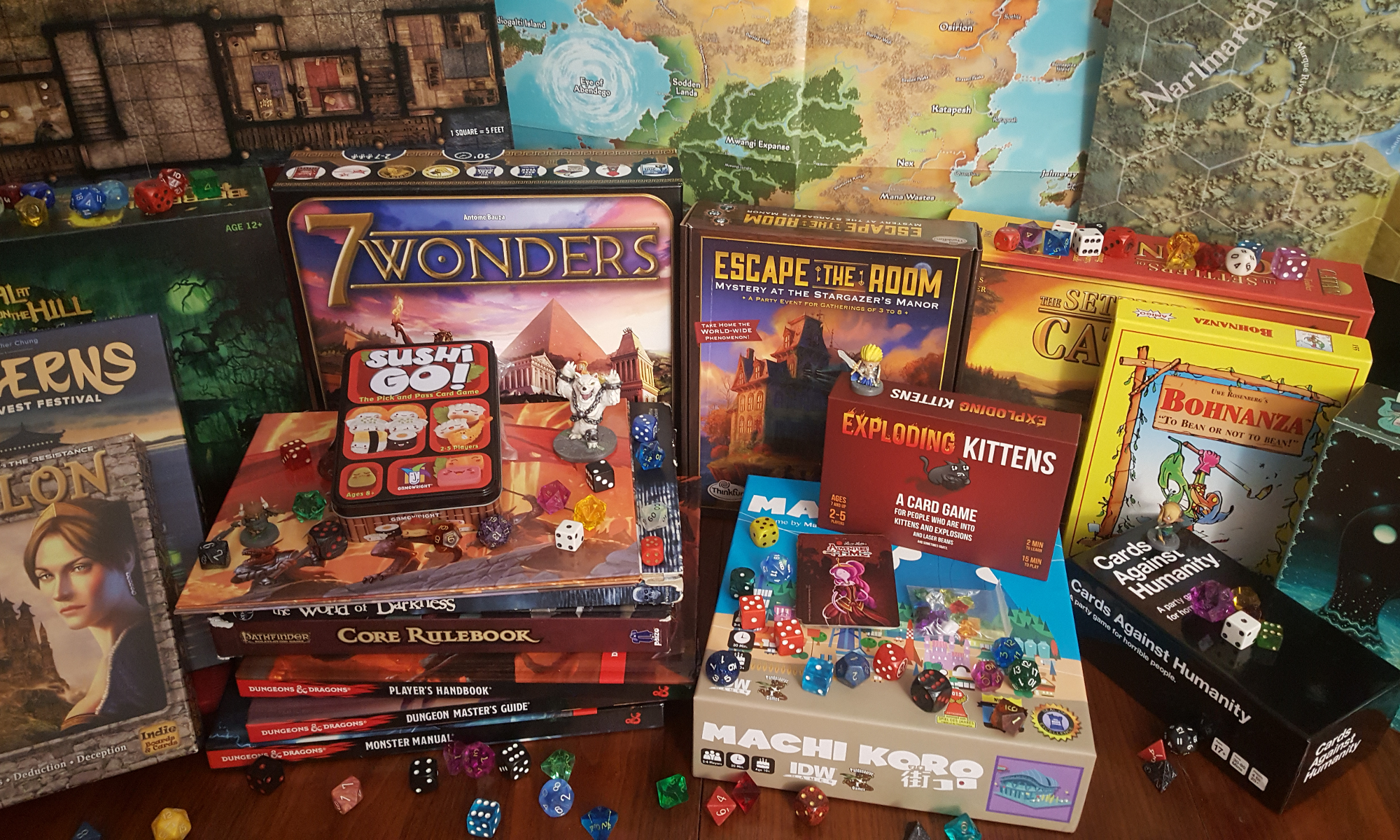Today’s episode is about the small portable parts of RPGs – mechanics (the individual rules that can be separated out), the subsystems (expansions to existing mechanics within a game) and the minigames (games within a game). Understanding what they are and what the overall effect of them together is an important step if you have ambitions of customizing or developing your own game.
I did a bit of research, and I’m pretty sure that the first mini game in a CRPG ever was Ultima I‘s Space Ace segment, which, while not optional, was a complete departure from the gameplay. I never finished Ultima I, so I don’t remember that part (which comes fairly late in the game) at all. The first CRPG that I remember playing with mini games was Legacy of the Ancients, which featured a version of Liar’s Dice, Blackjack (dealer stands on all 16’s and wins pushes; no splitting, double down 10 only), two different variations of the meteor shooting part of Cosmic Ark, and pachinko. Wow. Genuinely wow.
If there is a single piece of advice I can give to anyone incorporating house rules into their game, designing their own modular parts or even writing their own RPG, it’s this: don’t reinvent the wheel. Different wheels, sure. There’s nothing wrong with changing it up and making something your own, but in most cases if you have an idea, you can start with something that already exists and make the modifications that work best for your game.
The most obvious example of well established landscapes in gaming is the core resolution mechanic: I’m really hard-pressed to think of a genuinely new core mechanic that’s been introduces in a long time. The most common ones are target number systems and dice pool systems. There’s a LOT of variations within those themes, mind you, but nearly every dice-based RPG can be split into those two. Why? Because they work. Because they have both deep and shallow curves for understanding them (that is, you can analyze them deeply for a sophisticated understanding of the probabilities, but even casual players can understand what gives them actual advantages and can, through fairly simple reasoning, figure out what pool / roll is more likely to succeed than another). They’re fairly simple to teach. They have the best of everything.
If you came up with a truly original dice-based core resolution mechanic, I suspect it would fail on one of these points. There would, for example, be a counter-intuitive (or mathematically unreasonable) curve. The system might be difficult to understand. The system might be difficult to teach. If you manage to avoid these pitfalls, however, it’s absolutely certain that other people would create their own versions of your mechanic and, when it finally becomes just another part of the RPG landscape, you would know that you really created something worthwhile.
Most well-known mechanics fall into this category of striking a balance between realism, ease of learning and providing a satisfying game experience. Hit points don’t really represent the way injuries work in real life, for example – in most cases, bloodloss is bloodloss, but disparate injuries don’t typically stack. For game purposes, however, the strike a balance between being realistic (you can only take so much abuse), intuitive (getting more hurt is bad, higher number good), and mathematically sound (it’s easy not only to understand the basic math behind things like hit points and hit dice, but the numbers break down in satisfying ways).
I don’t say all this as a way of discouraging or stifling your creativity. In creative endeavors, be they music, film, art or game design, the old adage is and has always been “you need to understand the rules in order the break them.” When you want to create a successful design, consider other successful designs. Try to understand what makes them successful. Decide what it is you can learn from them and find ways to apply that to your own designs, Don’t be afraid of being “unoriginal” if your idea resembles or borrows from existing sources. The majority of successful artists never tried to invent new colors, just new ways of using them.

